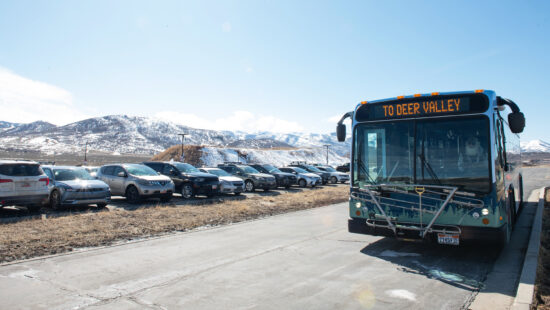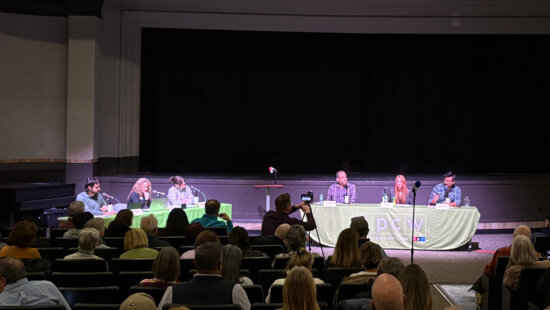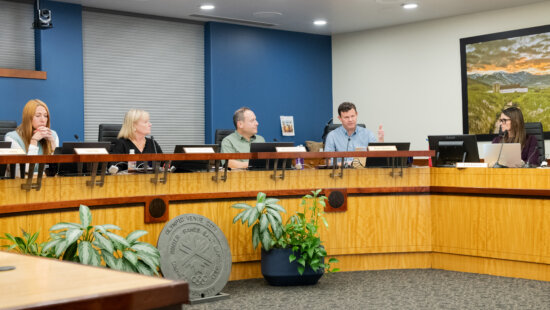Growth
Deer Valley’s PID proposal could save Snow Park developer hundreds of millions as public benefit debated
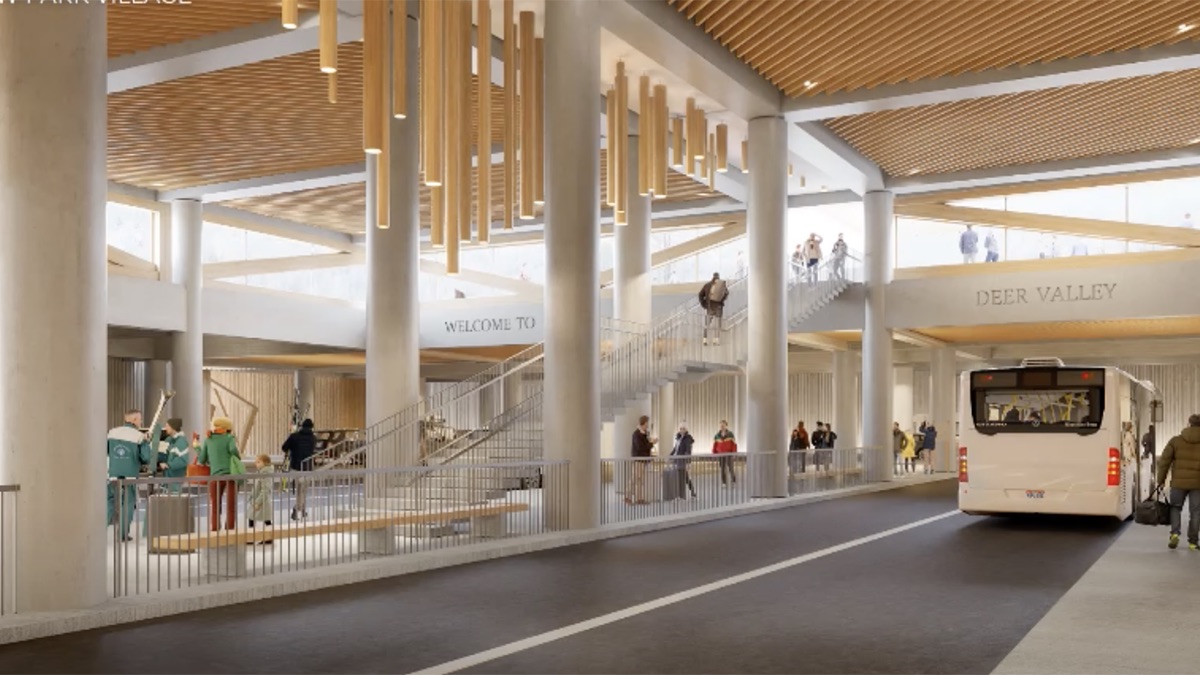
A rendering of Deer Valley's proposed new transit center at Snow Park. Photo: Deer Valley Resort
PARK CITY, Utah — The Park City Council is considering a proposal from Deer Valley Resort to establish Public Infrastructure Districts (PIDs) to help finance its Snow Park redevelopment, including an underground parking structure and a multimodal transit center. While Deer Valley’s legal team assured the council that the financing tool would pose no financial risk to the city, officials and residents raised concerns over tax fairness, leverage for community benefits, and the long-term financial implications.
Understanding the PID Proposal
The proposed PIDs would allow Deer Valley to issue bonds to finance public infrastructure, with repayment coming from an additional tax levy imposed solely on future property owners within the resort’s redevelopment area. “The debts and obligations of the PID are not the city’s,” said bond counsel Randy Larson, emphasizing that Park City residents outside the development would not be affected.
Deer Valley’s legal representative, Wade Budge, stressed that the PID is necessary to fund key public-facing components of the redevelopment, including parking and transit improvements. “This project reflects community input and the desire to have a transit center in a location preferred by the public,” he said, referencing extensive discussions with city staff and the planning commission.
As part of a Letter of Intent (LOI) signed in December 2024, Park City and Deer Valley agreed on a framework for shared commitments, including:
- $15 million from Deer Valley, matched by Park City, to help fund regional parking and transportation or affordable housing.
- A total of 1,971 parking spaces in Snow Park.
- A gondola system connecting Snow Park to the new Deer Valley base.
- The creation of a PID to finance project infrastructure.
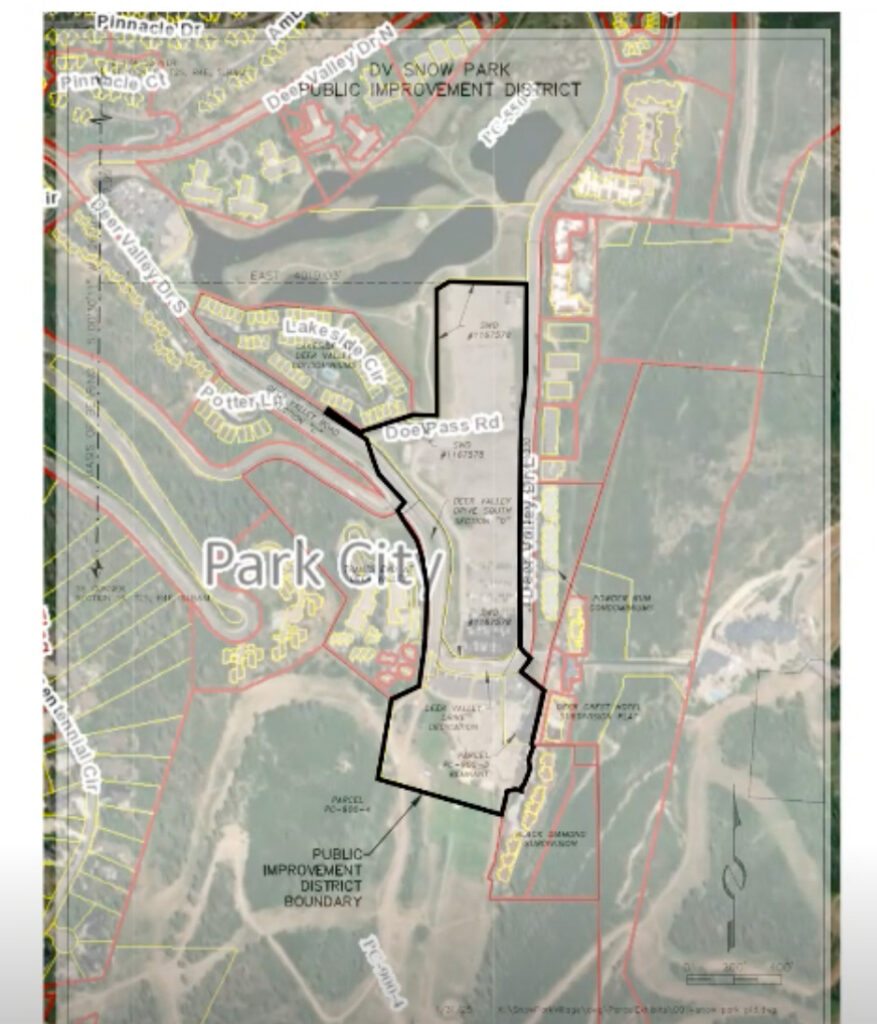
Council Questions Tax Equity, Leverage for Public Benefits
Despite assurances that city funds would not be used, some council members questioned the broader financial implications of establishing the PID.
“There’s not financial risk, but there’s this whole tax equity issue,” said Councilmember Jeremy Rubell. “People might be less willing to vote for other bonds if they’re already paying significantly higher property taxes.”
Budge and Larson acknowledged that the PID could impose a tax rate up to three times the city’s current mill levy, but insisted Deer Valley would not use the full taxing authority. “We wanted flexibility,” Budge said, adding that bondholders, not the city, would assume financial risk if tax revenues fell short.
Councilmember Tana Toly pressed for a clearer picture of Deer Valley’s total public financing requests. “We never really talked about what this looks like without the PID,” she said. “Are there additional financing tools we should expect?”
In response, Budge said alternative plans had previously been considered, including locating the multimodal center in a different area, but community feedback led to the current design. He also emphasized that Deer Valley had already committed $15 million toward transit and parking solutions.
Rubell urged Deer Valley to formalize all requested public financing tools in a Public-Private Partnership Agreement (PPPA). “Would you be willing to put that in writing?” he asked. Budge responded that Deer Valley was open to discussions.
Residents Demand More Concessions for Public Benefit
Public commenters called on the council to negotiate additional community benefits before approving the PID.
Local resident Sean Kelleher estimated that Deer Valley could save hundreds of millions of dollars through PID financing and questioned whether the city was getting enough in return. “What else should we be asking for if we’re really saving a very wealthy, large private equity firm hundreds of millions of dollars?” he asked.
In a letter sent to Mayor Worel prior to the meeting, Kelleher suggested that if Alterra sells Deer Valley within the next 10 years—despite claims to the contrary—the city should secure a percentage of the sale price to offset new costs associated with future ownership changes. Additionally, he proposed that Park City Municipal charge an annual management fee for the PID, ensuring the city benefits from the financial savings Deer Valley will receive through the public financing tool.
Another resident, Sean Parker, pushed for using the PID to fund traffic mitigation. “We should be looking at how to get some of those benefits for Park City—whether that’s transit improvements or other community investments,” he said.
John Stafsohlt, a resident concerned about congestion, argued that the PID was being used as leverage against the city. “They’re holding it over your head—if you want an effective drop-off zone, you need to approve this PID,” he said. “It should be the other way around.”
Next Steps for the PID Proposal
The Park City Council was not scheduled to take action at the Feb. 27 meeting but will revisit the proposal at its March 13 meeting, where a vote is expected.
Budge also referenced the Public-Private Partnership Agreement (PPPA), which must be finalized before Deer Valley’s April 2 Planning Commission hearing on the plat approval.
“We are scheduled to present our plat application on April 2, and for that to proceed, the PPPA needs to be in place,” Budge said. “Tonight’s discussion is an important milestone, but there are still several steps ahead.”
Editor’s note: A correction to this report has been made. Councilmember Rubell asked Budge to formalize all requested public financing tools in a Public-Private Partnership Agreement, not Ryan Dickey.

















